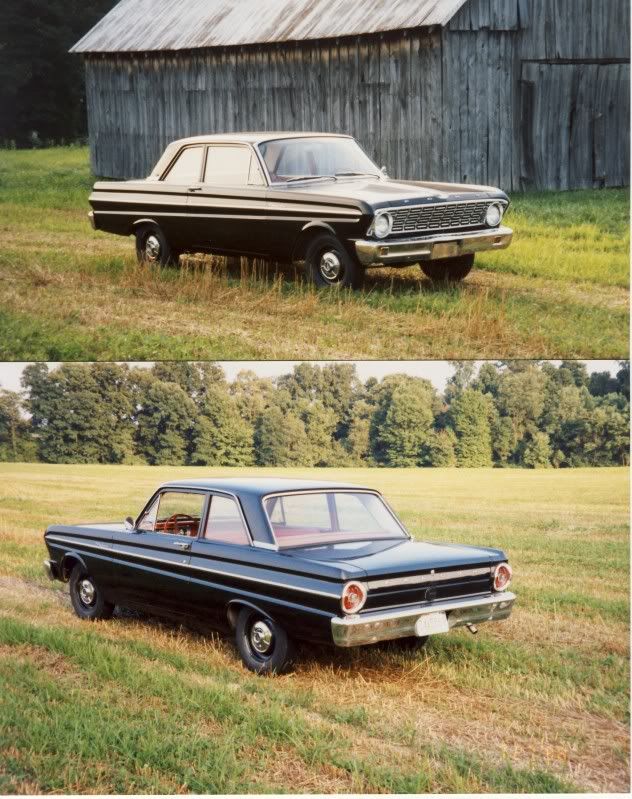I'm running Nitto Terrain Grapplers LT285/65R18's. Previous FJ wore BFG AT-ko's on Walker-Evans 17" rims. Both with 4" lifts, prev had AllPro UCA's, newer has springs/shock and sway bar shims. Newer FJ has stock UCA's.
1. I've had shake problems with both FJ's, but the Nitto 285's are much worse than the BFG's. Yesterday it was so bad that it actually scared my wife. Didn't do a lot for my confidence, either. That was with 35 psi in all 4.
Today I rotated the Nittos front to back and pushed them to 45 which is what I ran in the BFG's.
Absolute lack of shakehttp://www.fjcruiserforums.com/forums/images/smilies/rocker.gif! The Nitto's would start to shake at about 45 mph and continue all the way to 60 mph. After the rotation and pressure change there is NO shake clear up to 80 mph.
BUT -
Air pressure is critical! Both tires are big (nittos=33", BFG's=35"), both are E-rated and both demand at least 40 psi before the shaking is reduced. These are BIG tires (did I already say that?) and the "factory" spec of 32 psi is not even applicable to them! I guarantee that running much less than 40 psi will contribute to the shake and it was downright scary at 35psi.
Concerning wear - the Nitto's showed inside and outside edge wear which is an indication of under-inflation. That was at 35 lbs. I'll closely monitor them at 45 psi and should know within a couple of weeks what the higher pressure means in terms of even wear, but my experience with the BFG's was that the wear was also better at 45+ psi.
Yeah, the ride is going to be a bit rougher than a nice, soft 30-something psi but what do you expect for a heavy off-road tire? Besides, with the cost of these tires, I'll take a rougher ride and longer life over smooth and short anytime.
FYI, I tow around 3200-3600 lbs of travel trailer, which is what we are living in right now. Haven't towed with the Nitto tires yet but with the BFG tires I always ran 50 to 55 psi rear/48-50 psi front when towing and that worked great. Hope it's the same with the Nittos.
If the problem occurs again, I'll probably spring for new UCA's and the improved suspension geometry they provide but that's a LOT of cash I could use in other places...







